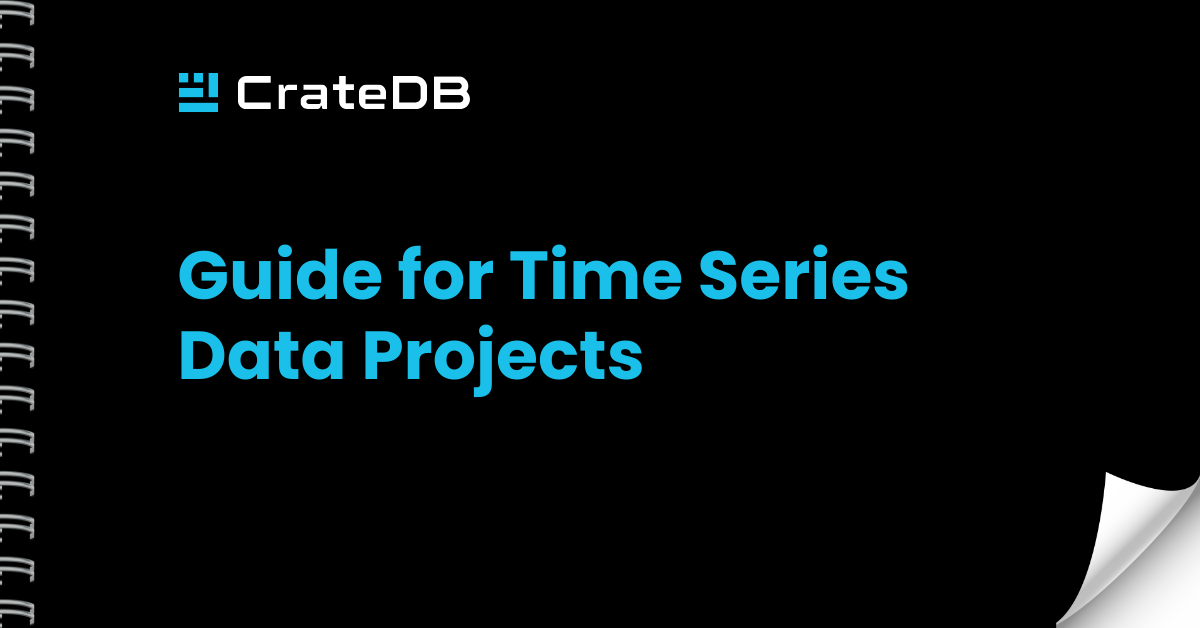CrateDB allows users to create tables and schemas that are ideal for time series
data. Users can perform complex queries and aggregations in real-time,
which is crucial for time series analysis.
CrateDB is a database designed for handling large volumes of time series data
and querying it easily in milliseconds, with native SQL. It offers built-in time-series functionality. The window and aggregation functions simplify querying
and analysis. Dozens of functions, such as MAX_BY, MIN_BY, LEAD, LAG, and
DATE_BIN, along with JOINs, enable advanced data manipulation.
CrateDB is not limited to time series data and supports multiple types of data,
including JSON, text, relational, geospatial, BLOB, and vector data. Its columnar
storage format is efficient for time series data, enabling complex ad-hoc
aggregations within milliseconds across millions and billions of records. The
robust time-based partitioning and sharding enables high cardinality without
the need for data pre-aggregation or down-sampling.
CrateDB's distributed architecture enables high availability and horizontal
scaling across multiple nodes, making it ideal for handling large volumes of data
from diverse sources. It also supports data tiering, allowing for cost-efficient
long-term data storage. Integration with popular data visualization tools and
compatibility with Java and Python ecosystems facilitate efficient data analysis
and visualization. This enhances the user experience and enables users to make
better data-driven decisions.
